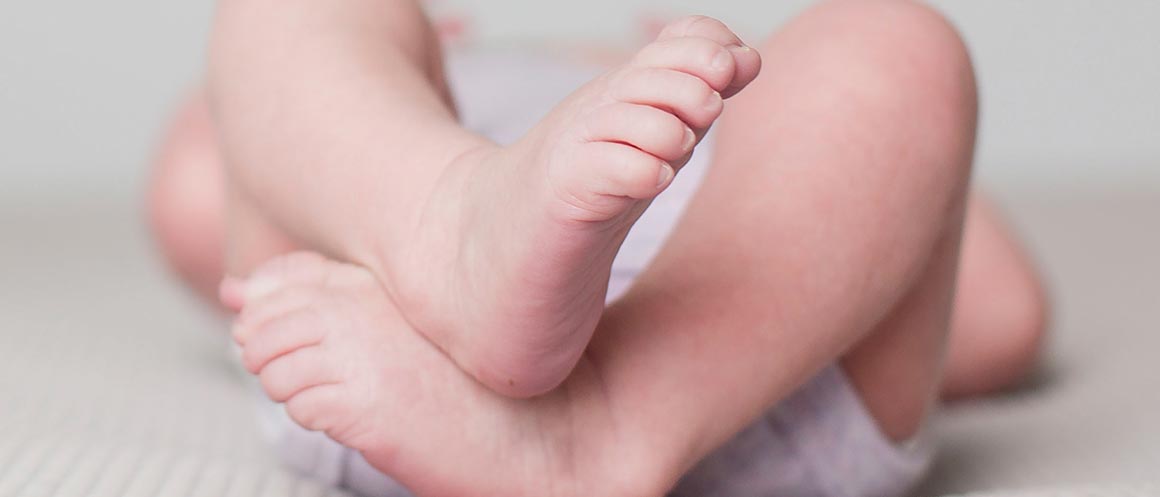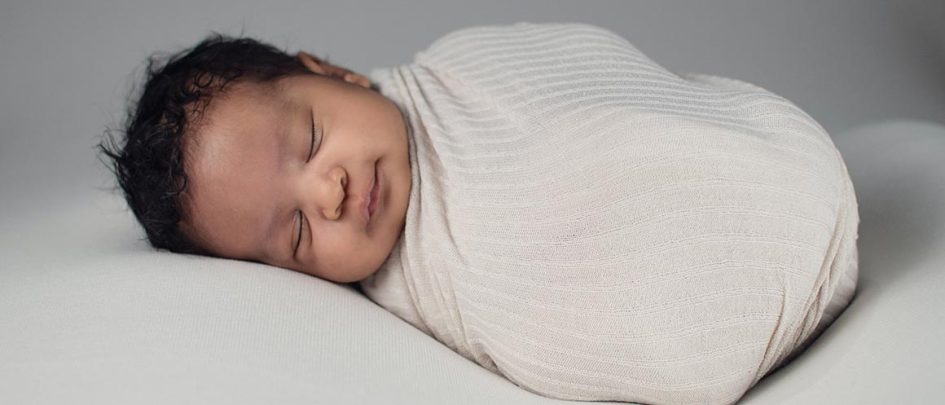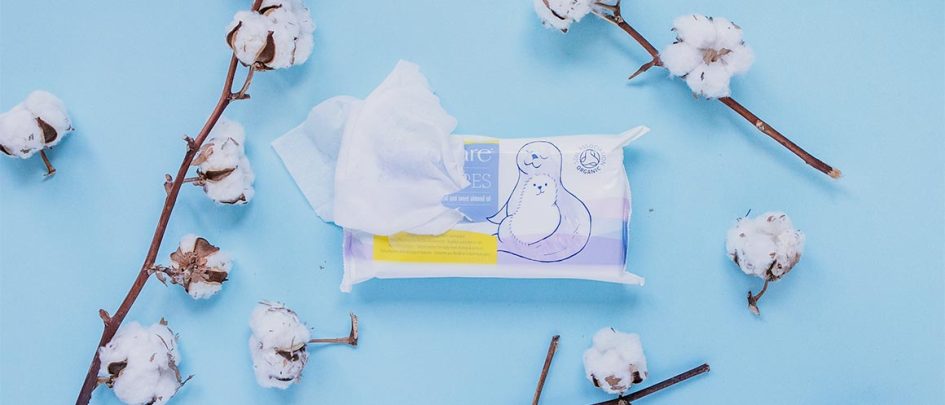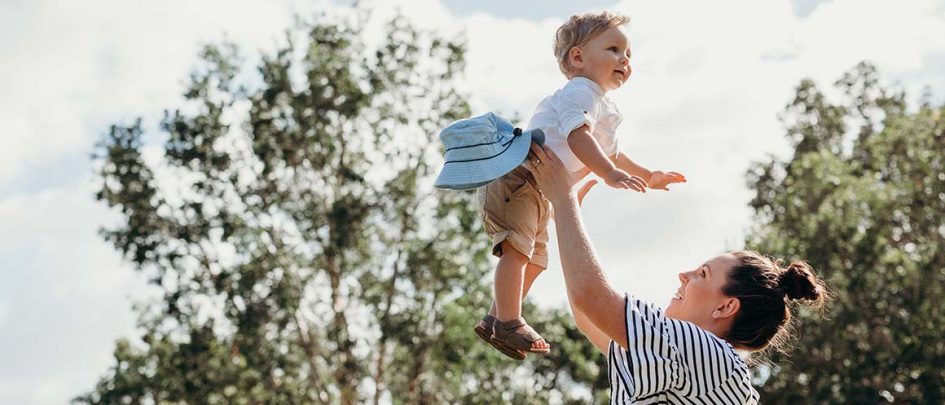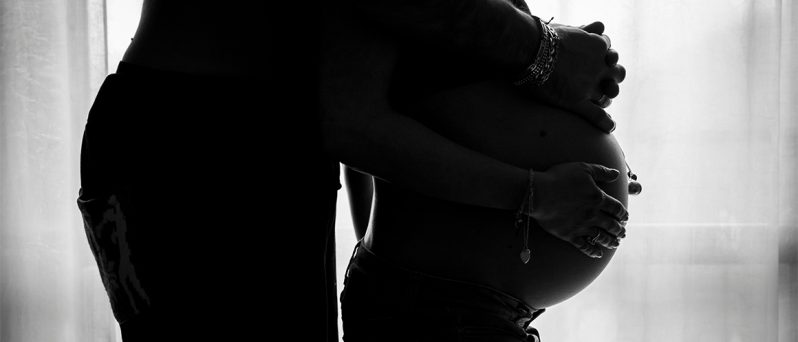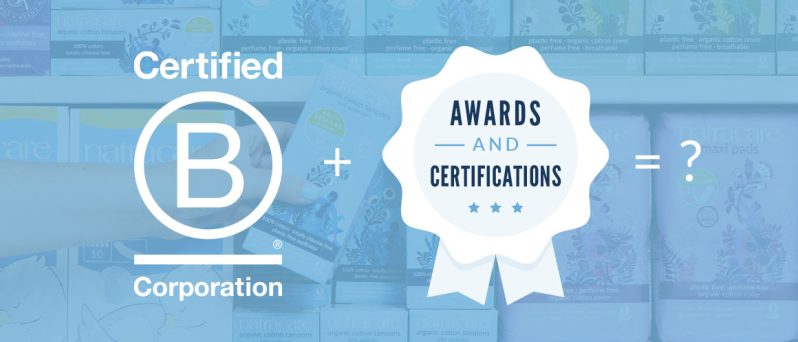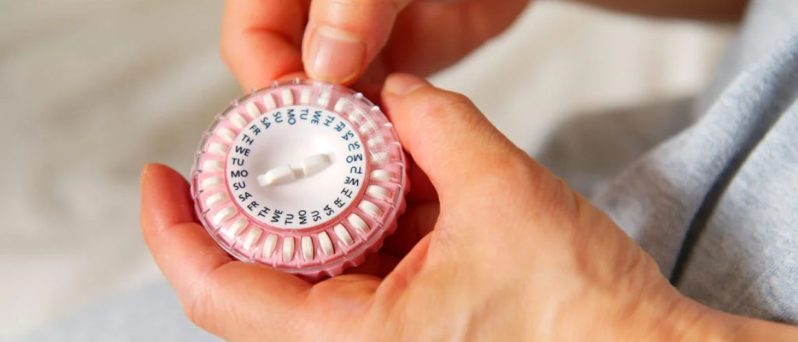When you change your baby’s diaper, you’re doing it to look after them and keep them clean and healthy! But what if the diapers you use are causing more harm than good? Just like ingredients in baby wipes, conventional diapers can be filled with undisclosed toxic chemicals that both mothers and babies are being exposed to. But what are these chemicals? What health issues can they lead to? And how do we avoid these?
For example, a study into the safety of disposable diapers found samples containing some 60 dangerous chemicals. And coupled with the fact a baby will use around 5,000-6,000 diapers in their first two years alone! This means some babies are being exposed to excessive levels of chemicals from their diapers.
Which begs the question: are diapers bad for babies?
What is a disposable diaper made of?
Most disposable diapers are made up synthetic materials and chemical residues. Here’s what a conventional disposable diaper is typically made of:
- Outer lining commonly is made of polyethylene film (plastic)
- Inner lining usually is polypropylene (another plastic)
- Absorbent core contains fluffed wood pulp, (can be bleached with chlorine)
- Super absorbent polymers (SAPs) are also found in the absorbent stuffing
- May also contain dyes and perfumes.
In addition to these materials, a study published by Reproductive Toxicology found harmful chemicals in most conventional diapers, maternity pads, and period pads. These chemicals include volatile organic compounds (VOCs) and phthalates.
What’s the concern with chemicals in diapers?
It is estimated that every day a baby uses 6-8 disposable diapers for the first 3 years of their life. That’s a lot! The study by Anses, France’s National Health Agency, stated that the chemicals posed significant threats to babies because of the prolonged contact with their skin. In other words, the sensitive skin that diapers are touching. Genital skin has a high absorption rate and then has long-term exposure of any chemical traces that are present in diapers.
The chemicals to avoid in diapers
VOCs
Exposure to VOCs, increases the risk of brain impairment, asthma, disabilities, certain cancers, and the proper functioning of the reproductive system. According to the U.S. Environmental Protection Agency (EPA), VOCs can cause eye, nose and throat irritation, headaches, damage to the liver, kidney and central nervous system. Some VOCs are even suspected of causing cancer in humans (EPA.gov).
Phthalates
Phthalates are used to make plastics more flexible and harder to break. They have been linked to a variety of health concerns including endocrine disruption, diabetes, some cancers, birth defects, impacts to the heart and reproductive systems.
Super absorbent Polymers (SAPs) – Sodium Polyacrylate
Sodium polycarbonate is a super absorbent chemical compound that is used in the fillers of many disposable diapers that you may recognize as gel-like crystals. It helps prevent leakage by absorbing fluids and creates surface tension in the lining. This chemical is thought to be linked to skin irritations and respiratory problems. In fact, this material had to be removed from tampons due to toxic shock syndrome concerns. As it has only been used in diapers for the last two decades, there is not yet research on the long-term health effects of sodium polyacrylate on babies.
Tributyl-tin (TBT)
TBT is found in the diaper’s core to act as an antifungal. According to the EPA, this toxic pollutant is extremely harmful to sea life and causes endocrine (hormonal) disruptions. Additionally, according to research published by the American Institute of Biological Sciences, TBT can trigger genes that promote the growth of fat cells, causing obesity in humans. Overall, the effects of TBT on humans aren’t clear and need to be studied more.
Chlorine and Dioxins
Some diapers are bleached with chlorine for that pearly white color. But why is chlorine bad for babies? Chlorine is a chemical known to emit the by-product dioxin when used in bleaching processes. According to the EPA, dioxins are among the most toxic chemicals known to science and are listed as highly carcinogenic chemicals. The World Health Organization say that, exposure to dioxins may cause skin reactions and altered liver function, as well as impairments to the immune system, nervous system, endocrine system and reproductive functions. This is why all Natracare products are proudly Totally Chlorine Free.
Fragrances
Are scented diapers bad for babies? Well, fragrances or perfumes are made with a mysterious combination and quantity of chemicals are found in conventional ones. Since this mixture is considered a trade secret, it is not required by law to be transparent – ‘secret recipe’ sounds exciting until you realize it could be harmful to your baby.
So, what can we do?
For the safety of our little ones, we can opt for brands that are proud to be transparent with their ingredients. Use safe disposable diapers that are dye-free, perfume-free and chlorine-free. Choose products that are clear with what’s in their products and ingredients lists you can understand, so you know you can trust them.
A good option for some is using reusable diapers! If you’re eager to move to a safer zero waste lifestyle, research what options are available to you. And beyond the diapers, we can also decrease exposure and soften our ecological footprint as households. Biodegradable natural baby wipes for example, are a great option for cleansing your babies skin in between diaper changes.
Also use free and helpful resources available to you, such as EWG’s Guide to Healthy Childcare and Made Safe’s Healthy Baby Guide to make more informed choices.
